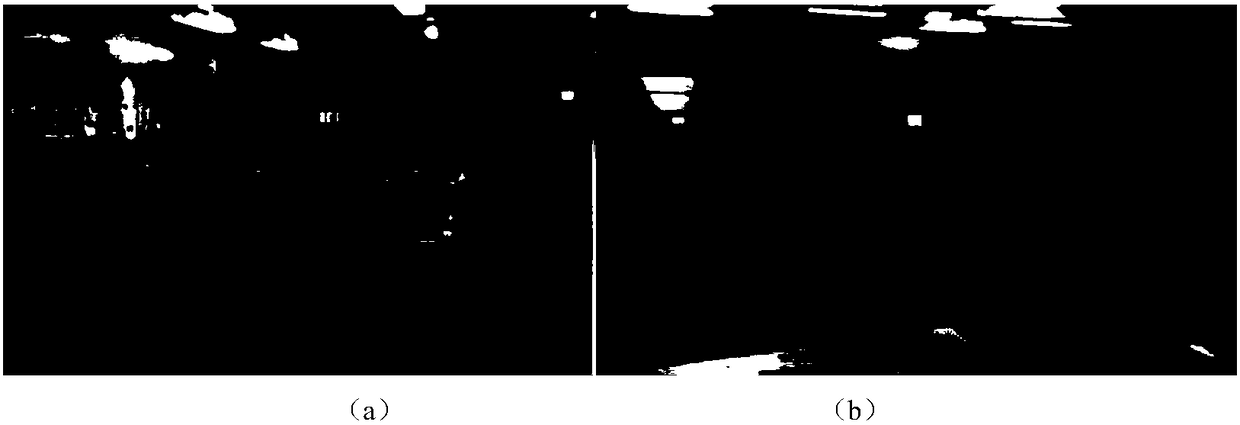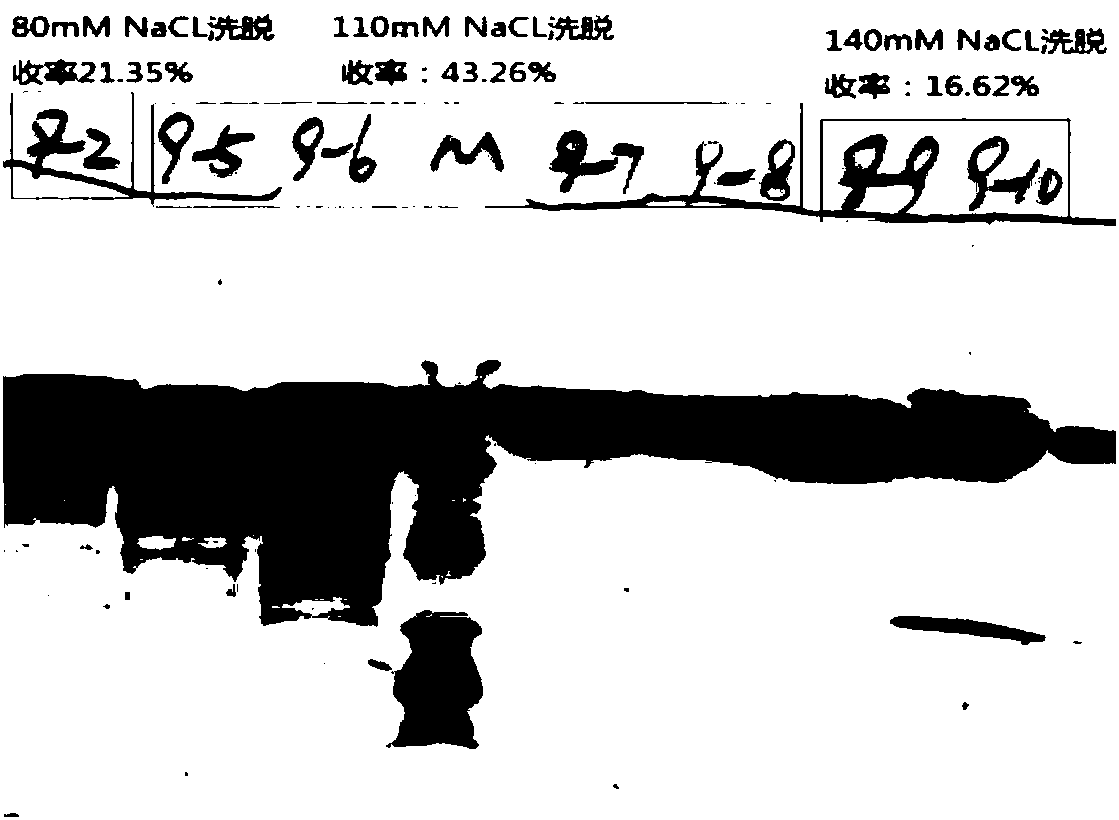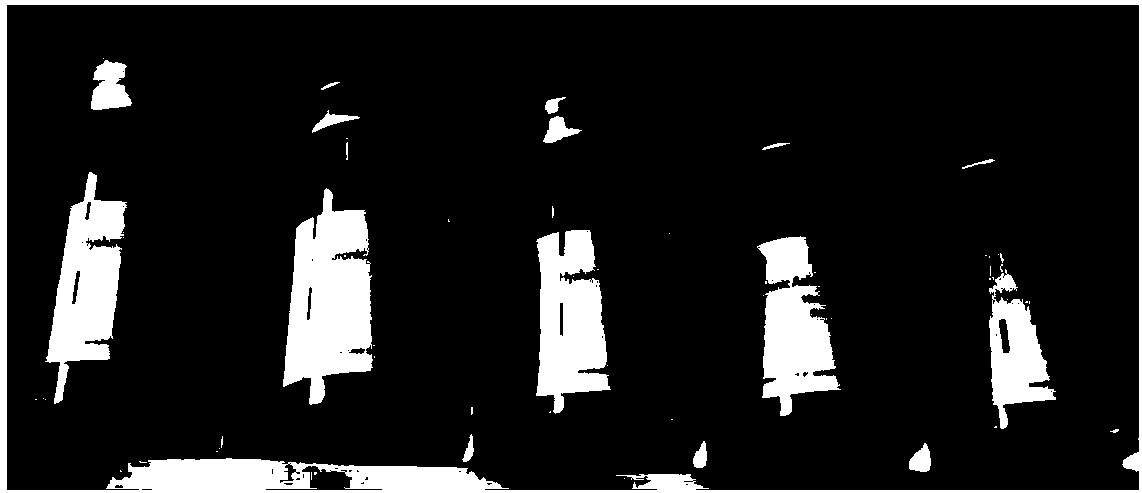Application of small molecular hyaluronic acid fragment
A technology of hyaluronic acid and human hyaluronidase, applied in the application field of small molecule hyaluronic acid fragments, can solve complex, difficult to determine clinical indications, difficult to predict small molecule hyaluronic acid clinical research and druggability. Whether it is successful or not, to achieve the effect of reducing subcutaneous fat, no allergic reaction, and suitable for mass production
- Summary
- Abstract
- Description
- Claims
- Application Information
AI Technical Summary
Problems solved by technology
Method used
Image
Examples
Embodiment 1
[0078] Objective: Production of recombinant human hyaluronidase PH20 and preparation of injection containing small molecule hyaluronic acid fragments
[0079] Method: Based on the methods recorded in patent documents of CN104342420A, CN103468662A and CN105018547A, animal cells (CHO cells) were used to produce glycosylated recombinant human hyaluronidase PH20. Including: artificially synthesizing the gene cDNA of recombinant human hyaluronidase PH20 with glycosylation, inserting GC-rich pMH3, pMH4, pMH5 empty expression vectors, and constructing pMH3-PH20, pMH4-PH20, pMH5-PH20 expression vectors (adopted by the announcement No. CN102124019A patent literature record method to construct expression vector so as to express recombinant protein very high); then the cDNA expression vector of pMH3-PH20, pMH4-PH20, pMH5-PH20 is transferred into CHO-S cell line, and the high expression PH20 of screening CHO-S cell line, in figure 1 The torrent-type animal cell reactor shown is used for ...
Embodiment 2
[0090] Objective: To study the in vitro experiment, molecular cytology experiment and small animal experiment of the above-mentioned hyaluronic acid fragment injection (injection 1 and injection 2).
[0091] Methods: Injection 1 and Injection 2 diluted 1-fold with normal saline were used for in vitro antibacterial experiments, molecular cytology experiments, and small animal antibacterial experiments, respectively.
[0092] result: Figure 4 It shows that Injection 1 inhibits the growth of Porphyromonas gingivalis clones in vitro experiments, suggesting that hyaluronic acid fragment injection is not conducive to the growth of Porphyromonas gingivalis (Note: The negative control is normal saline, and the positive control is the antibiotic metronidazole) ;
[0093] Figure 5 It shows that injection 1 inhibits the growth of Pyophyllomonas gingivalis clones in mice, suggesting that hyaluronic acid fragment injection is not conducive to the growth of Pyophyllomonas gingivalis in ...
Embodiment 3
[0100] Research background: The research in Example 2 shows that B-HA may achieve anti-inflammation, pain relief, antipruritic and effective treatment of various diseases and diseases through a new mechanism that binds to TLR4 and promotes the secretion of anti-inflammatory cytokine IL-10 status role. This novel mechanism provides a rationale for B-HA's unexpected ability to treat a variety of diseases and disease states.
[0101] Objective: To study the inflammatory effect of the above-mentioned hyaluronic acid fragment injection (injection 1 and injection 2) on small animals and on large animals.
[0102] Research background: Literature research shows that the biological activity of hyaluronic acid is not only related to molecular weight and / or preparation method, but also related to animal size. Studies on small animals and mice suggest that the biological activity of hyaluronic acid is to promote inflammation, but experimental studies on large animals and humans have show...
PUM
 Login to View More
Login to View More Abstract
Description
Claims
Application Information
 Login to View More
Login to View More - R&D
- Intellectual Property
- Life Sciences
- Materials
- Tech Scout
- Unparalleled Data Quality
- Higher Quality Content
- 60% Fewer Hallucinations
Browse by: Latest US Patents, China's latest patents, Technical Efficacy Thesaurus, Application Domain, Technology Topic, Popular Technical Reports.
© 2025 PatSnap. All rights reserved.Legal|Privacy policy|Modern Slavery Act Transparency Statement|Sitemap|About US| Contact US: help@patsnap.com



